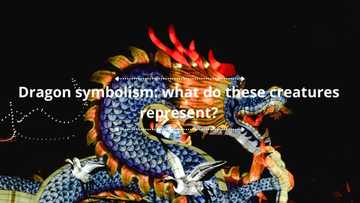What are Biblically accurate angels supposed to look like?
What do Biblically accurate angels look like? When people talk about angels, the image that comes to most minds is a glowing human creature with wings or a chubby baby with wings. However, these depictions are not founded on scripture. Real angels, as described in the Bible, are more odd than Christian art has portrayed them over centuries.
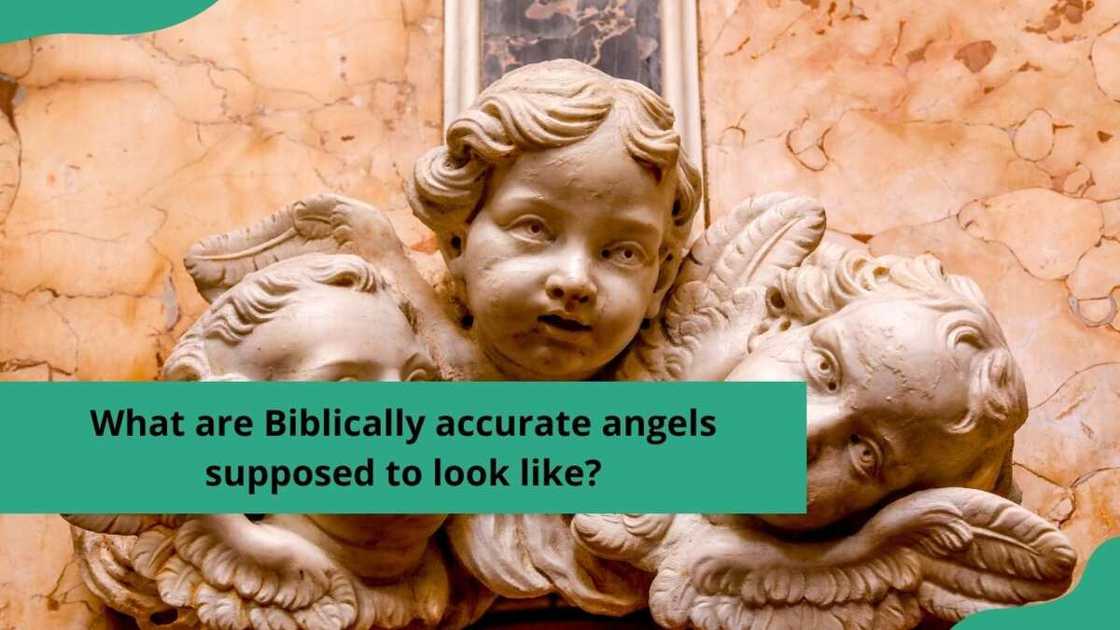
Source: Getty Images
Angels are key figures in Christianity. They are portrayed as the entities that are closest to God other than Jesus. These spiritual beings serve several roles in the scriptures. Angels are often depicted as messengers who deliver important announcements or revelations from God to humans. They are also protectors, guardians, guides, helpers, and worshippers of God.
What is the Biblical description of angels?
Descriptions of angels can vary, and there isn't a definitive portrayal of what angels should look like. However, the Bible does provide some general characteristics and common themes associated with angels.
Context also seems to play a role in their appearance. For instance, they often took on human form when they appeared to humans as messengers. In Luke 24:4, angels appear as two men dressed in shining clothes to tell people about Jesus’ resurrection. Other times, they took various forms of winged creatures.
Are angels scary?
Angels in the Bible are typically not meant to be scary or frightening. However, there are instances where angelic appearances or encounters can initially instil fear or awe in those who witness them. Angels carry an overwhelming sense of the divine and an unfamiliar nature.
Additionally, the descriptions of angelic entities in the Bible can create strange images when brought to life. Some modern renditions adapted from these descriptions are considered the scariest things in the Bible. This may explain why they always started their human encounters by proclaiming, “Do not be afraid.”
What did Old Testament angels look like?
The angels described in the Old Testament are far from how they have come to be depicted in modern Christianity. Different types of angels took various forms. Here are some forms of angels and their associated physical appearances.
Cherubim

Source: UGC
Cherubim are often mentioned in Bible verses associated with guarding sacred spaces and objects. They are first mentioned in Genesis when God charges them with guarding the entry to the Garden of Eden after he casts out Adam and Eve.
Ezekiel is the first person to describe these beings’ physical manifestation. In Chapter 1, he had a vision in which they had human form, with four faces and four wings each. Beneath the wings, they had human-like hands. They had straight legs with hooves instead of feet and darted back and forth like lightning. The four faces were those of a man, a lion, an ox and an eagle.
He described them again in Chapter 10, with rapidly rotating wheels covered in eyes. While three of their faces remained the same, in Chapter 10, they had cherub faces instead of ox faces.
Why are Cherubim portrayed as a winged baby? The popular representation of Cherubim is the putto, a chubby winged infant from Rennaissance art. Putto is an Italian vernacular word meaning boy. The Italian artist Donatello is thought to have infused Christian meaning into the putto. The Catholic church, which was the first church, commissioned a lot of art from Italian artists, causing the adoption of the putto as the Cherub sometime in the 15th Century.
Seraphim
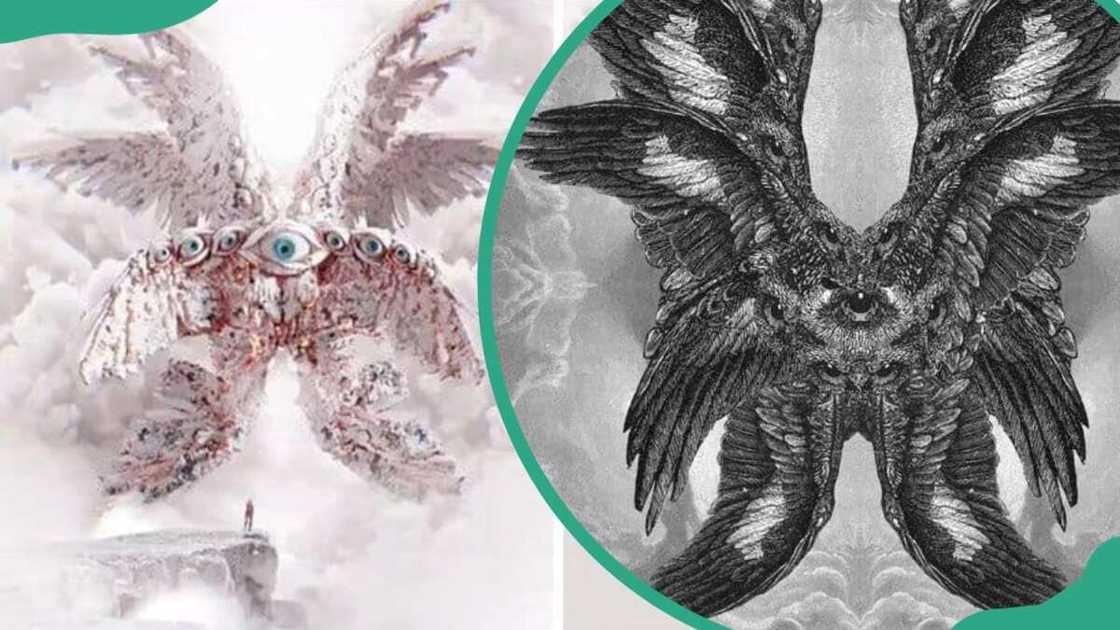
Source: UGC
Seraphim are not mentioned much. The word seraph means burning, and it also refers to a serpent. In Numbers 21:8, God tells Moses to make a fiery serpent and put it on a pole for the Israelites to look to for healing. In other translations, it reads “make a seraph”, which backs a widespread opinion that seraphs are serpents.
However, Prophet Isaiah has a vision of seraphs in Chapter 6, in which they stand above God’s throne, praising and worshipping him and recanting, “Holy, Holy, Holy!” In this vision, they have six wings: two for flying, two for covering their heads, and two for covering their feet. Therefore, Biblically accurate Seraphim has six wings, all covered in eyes, as in Revelation 4:8.
Ophanim
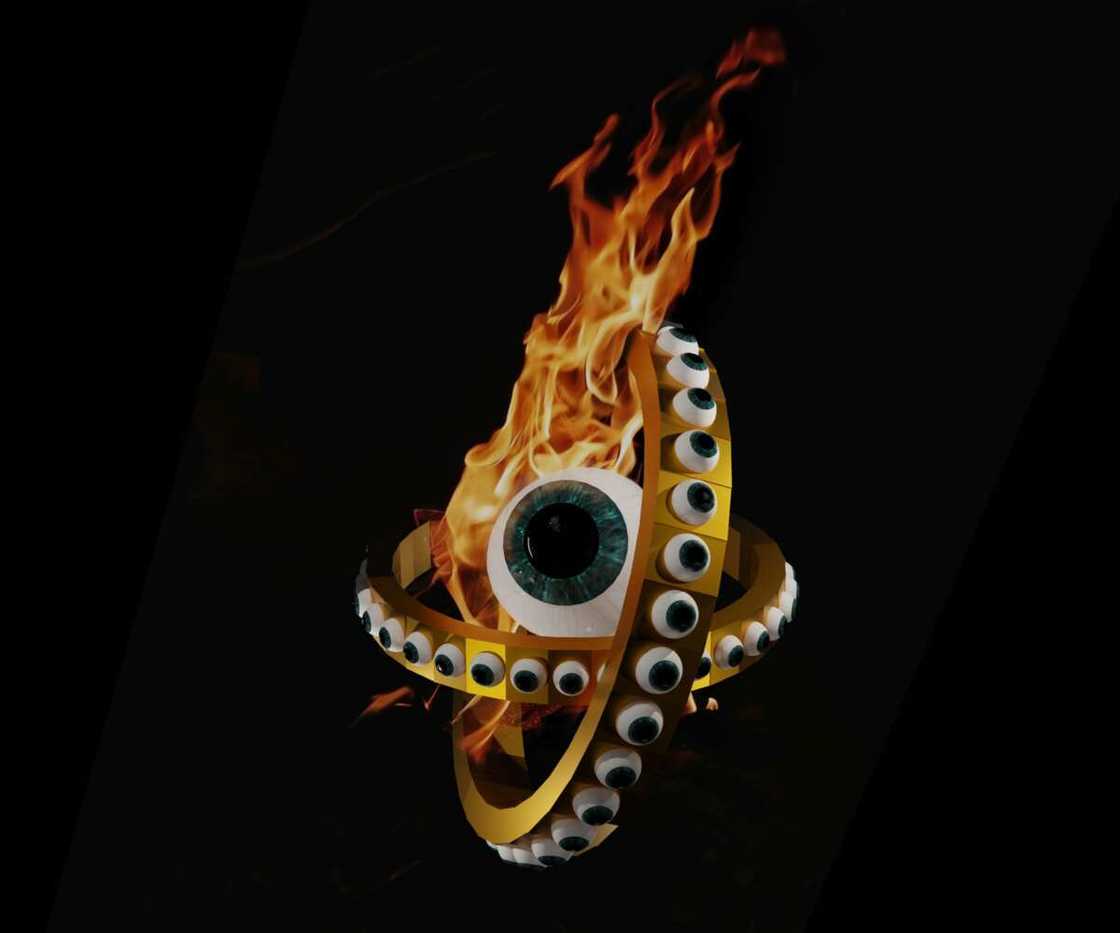
Source: Getty Images
The Christian community has not agreed on whether Ophanim are actual Biblical angels. However, they are still considered a spiritual presence close to God, as in the book of Enoch. Ophanim is an ancient Hebrew word meaning wheels.
In Ezekiel 1, when Ezekiel sees the Cherubim, he also sees wheels beneath each Cherub. Each wheel was made of intersecting wheels. And although they could move in different directions depending on where the Cherubim moved, each wheel never changed direction. The wheels sparkled and were full of eyes.
Malakim
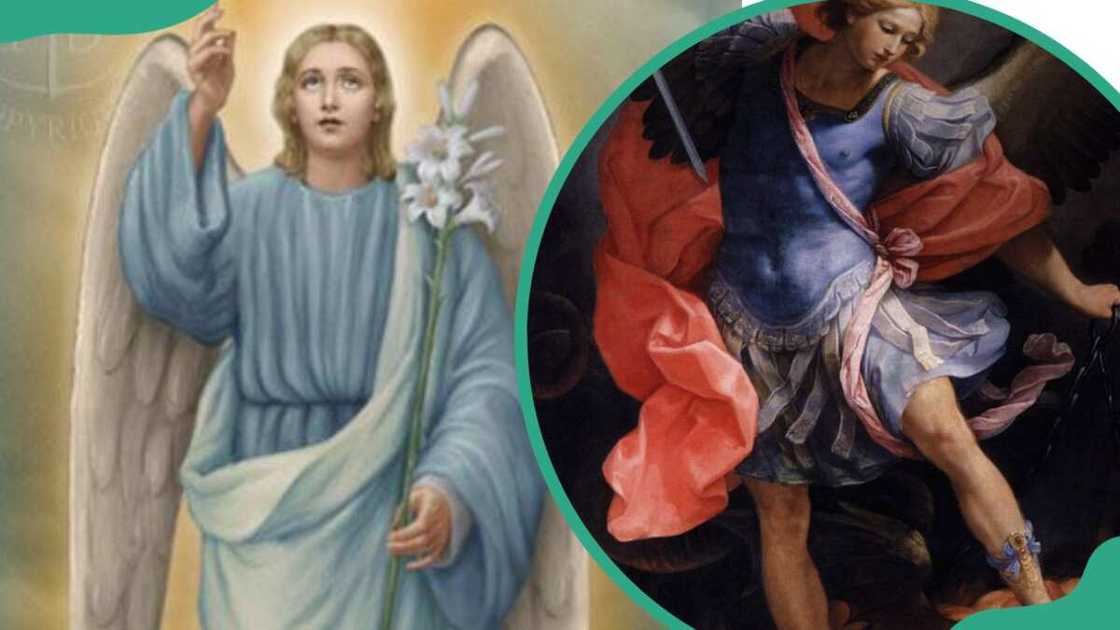
Source: UGC
Of the many types of celestial spiritual beings, Malakim are believed to be the ones who interact with humans the most. The name Malakim comes from the word Mal’akh, which means messenger in Hebrew. Therefore, it makes sense that they went to deliver God’s messages to humans in scripture. The Christian population believes Archangels Michael and Gabriel to be Malakim.
The Malakim physically resemble humans, and although they are often portrayed as having wings, the Bible does not expressly mention this feature of Malakim. They appear as men in several instances, including in Genesis 18, where Abraham made them a meal, and at Jesus’ resurrection in John 20, where they wore white.
Interestingly, angels appear more consistently in human form than in fantastical forms. As such, some Bible scholars argue that their human-like state is their default manifestation, although they are immaterial spiritual beings. Scholars have pointed out that their fantastical versions only appeared in visions, while their human forms appeared in real life.
FAQs
- What do angels look like? There are several versions of angels, each with their unique look, from Biblical descriptions to human adaptations.
- What do real angels look like? Real angels, as described in the Bible, have a human-like appearance. However, this is just one form of angel; many other types have large wings or wheels.
- Why do angels look scary? Their descriptions have rare, unfamiliar forms which may be hard for humans to relate to or understand. Therefore, they would be scary at first sight.
- Which is the real angel form? Scholars have argued that they are spiritual beings without an actual physical body. However, these scholars also believe that the closest thing to a physical body would be a human-like form, as this is how angels often appeared to people in the Bible.
- Where in the Bible does it describe angels? Human-like angels are described in several verses throughout the scripture. However, the books of Isaiah, Ezekiel and Revelation describe the oddest types.
- What angel is covered in eyes? Both Cherubim and Ophanim are described as being covered in eyes.
- Who are the three Biblically accurate angels? Only three angels are mentioned by name in the scriptures. They are Gabriel (the messenger), Michael (the warrior), and Raphael (guardian).
Many in Christian discourse would consider Biblically accurate angels to be scary-looking. Scripturally, they are large figures with wings and hundreds of eyes, which is creepy and far from the friendlier depictions of winged men and babies. However, scholars believe that the fantastical representations serve to portray magnificence and inspire awe.
Legit.ng recently published an article on the different types of faith in the Bible. Faith is one of the main foundations of many religions. It is particularly monumental in Christianity. The scriptures explicitly outline that faith is the only way believers are saved and the only way to go to heaven.
In Christianity, faith is the unwavering belief in God and His son Jesus Christ. It is central to a believer’s relationship with God and informs their life choices and beliefs. The scriptures talk about different types of faith, each serving a particular purpose in life on earth and a believer’s relationship with himself, the world, other people and God.
Source: Legit.ng




